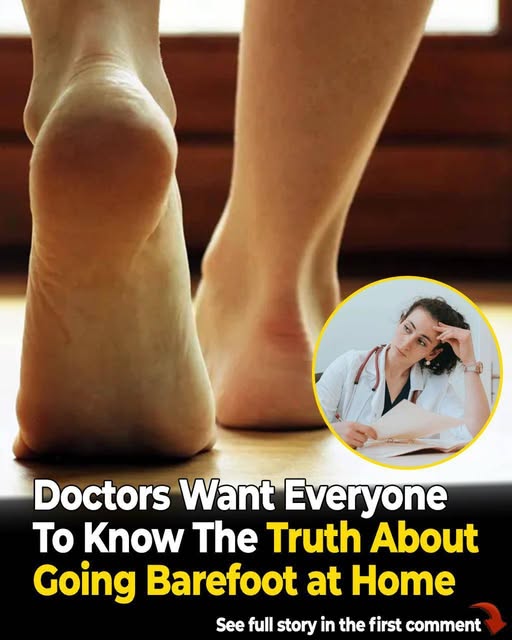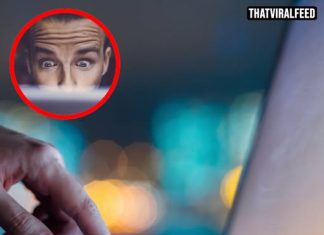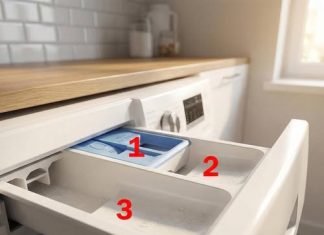Walking around barefoot in your own home is more than just a comfort choice it can actually benefit your physical health. Without the constant support and restriction of shoes, your feet engage more naturally. This freedom strengthens muscles, improves balance, and encourages better alignment. At the same time, being barefoot indoors helps reconnect you more directly with your environment, making each step more mindful and grounded.
Strengthening Muscles Naturally
One of the biggest advantages of going barefoot is how it activates all the tiny muscles in your feet — the arches, toes, ankles, and lower legs all work harder than they would in cushioned or structured footwear. This activation helps build strength over time, which supports your balance and posture. The more you let your feet move and stretch naturally, the more resilient they become.
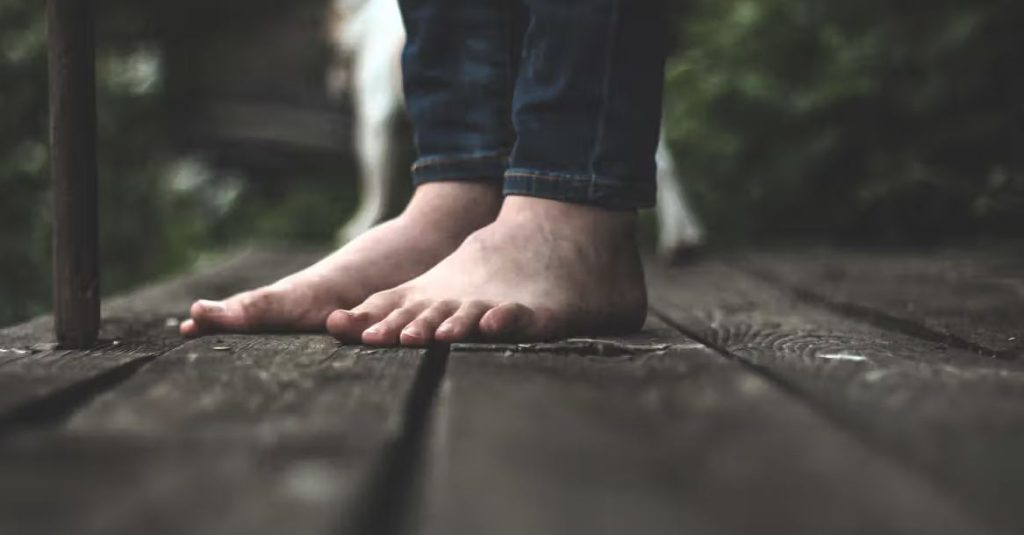
Enhancing Balance and Proprioception
When you walk without shoes, your feet feel the ground directly. That sensory feedback (sometimes called proprioception) trains your body to better understand where you are in space — improving coordination, stability, and balance.
Over time, that can also help with posture, because your body’s alignment adjusts more naturally.
Better Circulation
Barefoot walking stimulates blood flow in your feet. The direct contact with the floor encourages circulation, especially in the lower extremities.
Improved circulation means more oxygen and nutrients reach your tissues, helping your feet (and legs) feel healthier and possibly reducing issues related to poor blood flow.
Reducing Inflammation Through Grounding
Some people also point to the concept of “grounding” (or “earthing”), which suggests that being in direct contact with the earth (even indirectly, via the floors in your home) may help reduce inflammation in the body. Although this idea isn’t fully proven, many believe that grounding can neutralize free radicals, helping lower inflammation and potentially easing pain.
Better Sleep and Mood
Going barefoot may also support better sleep. The grounding effect is thought to help regulate your internal clock and reduce stress hormones. This, combined with the sense of calm that comes from sensory connection with the ground, can make it easier to unwind and rest deeply at night.
Mindfulness and Stress Relief
Every barefoot step is an opportunity to slow down and ground yourself — literally. Feeling the temperature, texture, and resistance of the floor reconnects you with simple sensations. This mindfulness helps reduce mental stress and encourages a sense of calm and presence. Over time, that can become a powerful habit for emotional balance.
Safety Considerations
Of course, going barefoot isn’t risk-free. Sharp objects, slippery surfaces, or rough floors can pose hazards. Experts recommend being cautious, especially if you have existing foot issues like plantar fasciitis, diabetes-related nerve problems, or weak arches. Transition slowly — don’t suddenly remove shoes for all-day barefoot time. Gradual adaptation allows your muscles and tissues to strengthen safely.
Tips for Barefoot Success
- Start Slow — Begin with short barefoot moments at home, then gradually increase.
- Use Safe Surfaces — Walk on clean, debris-free floors to reduce injury risk.
- Pay Attention to Your Feet — If you feel pain or discomfort, give your feet a rest or seek advice from a professional.
- Strength Exercises — Add foot and calf exercises (like toe curls or calf raises) to support stronger muscles.
- Maintain Good Hygiene — Wash your feet regularly to prevent infections or irritations.
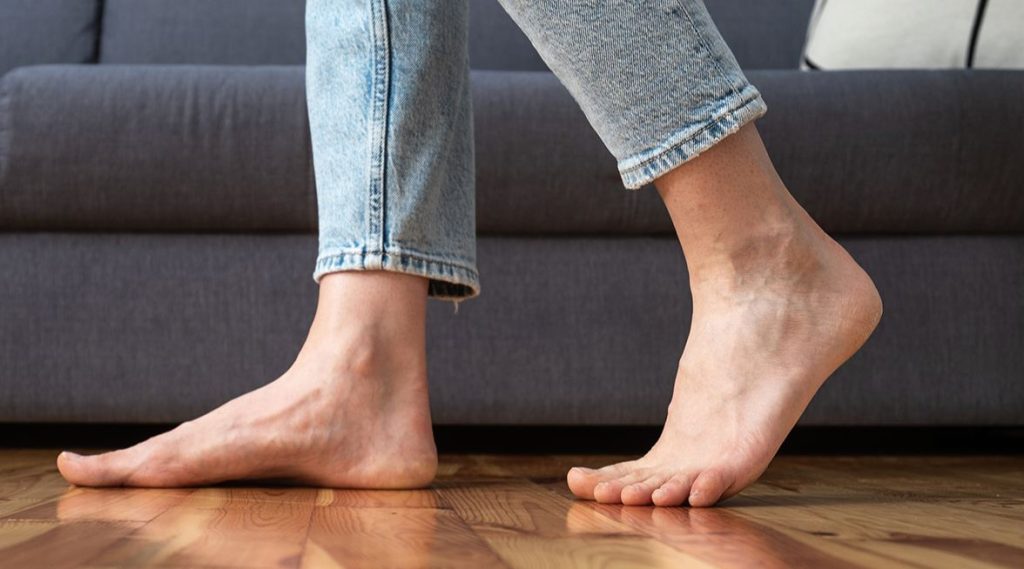
Final Thoughts
Going barefoot at home is a simple change that can yield significant benefits. By strengthening foot muscles, improving balance, boosting circulation, and encouraging mindfulness, you give your body a natural, low-cost way to support your health. When done carefully and consistently, this habit can help you feel more grounded, connected, and physically resilient — all from the comfort of your own home.

